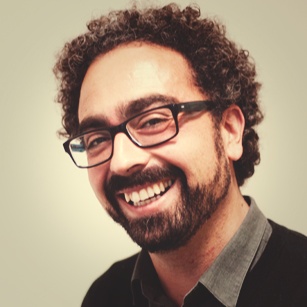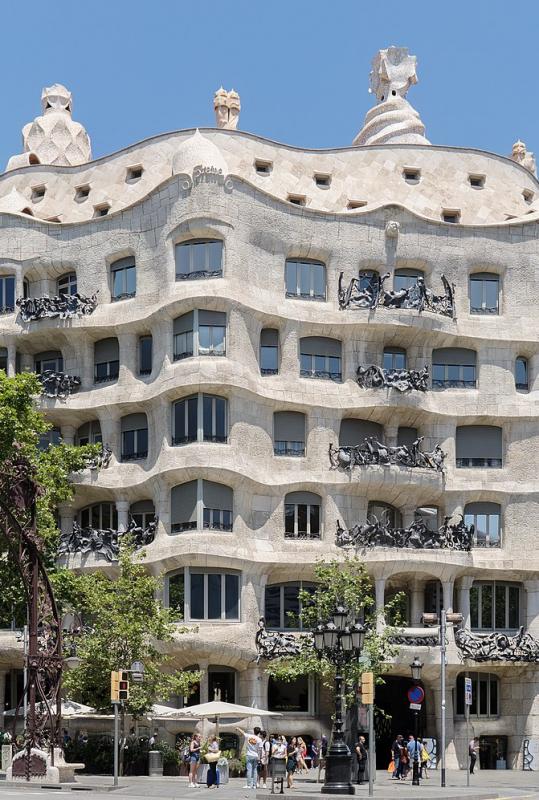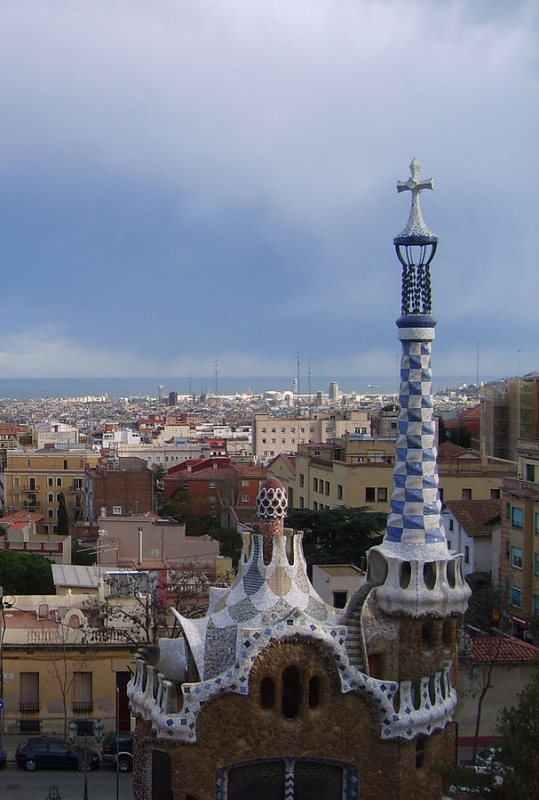Eixample means “widening” in Catalan and is a term that is used to describe Barcelona’s urban expansion between 1860 and the beginning of the 20th century. This transformation took place in the aftermath of the city’s industrial development and the architectural style adopted at the time largely reflects the spirit and ideologies that prevailed. Behind the project of this urban expansion, we find the architect Ildefons Cerdà, who designed the urban plan inspired by Utopian socialism. He aimed to create a new, open, egalitarian city. One of the most prominent features of the so-called "Plan Cerdà" is the fact that the houses in this plan were not designed in square blocks, but octagons. Everything was conceived in a way that was meant to enhance the living conditions of the workers and make their lives more viable and comfortable. In theory, it was great, but eventually, the area evolved into a residential hub for high-profile Barcelonians.
12. La Pedrera
The enormous house that Gaudi built between the years 1906 and 1912 for the Milà family looks like a large eroded rock. Locals call it La Pedrera, meaning "the quarry".
Stories
A utopian vision
Not only artsy but practical too
A plan that would not be completed
Tip
Juan Alberto Romero

Powered by Clio Muse Tours
Powered by Clio Muse Tours


